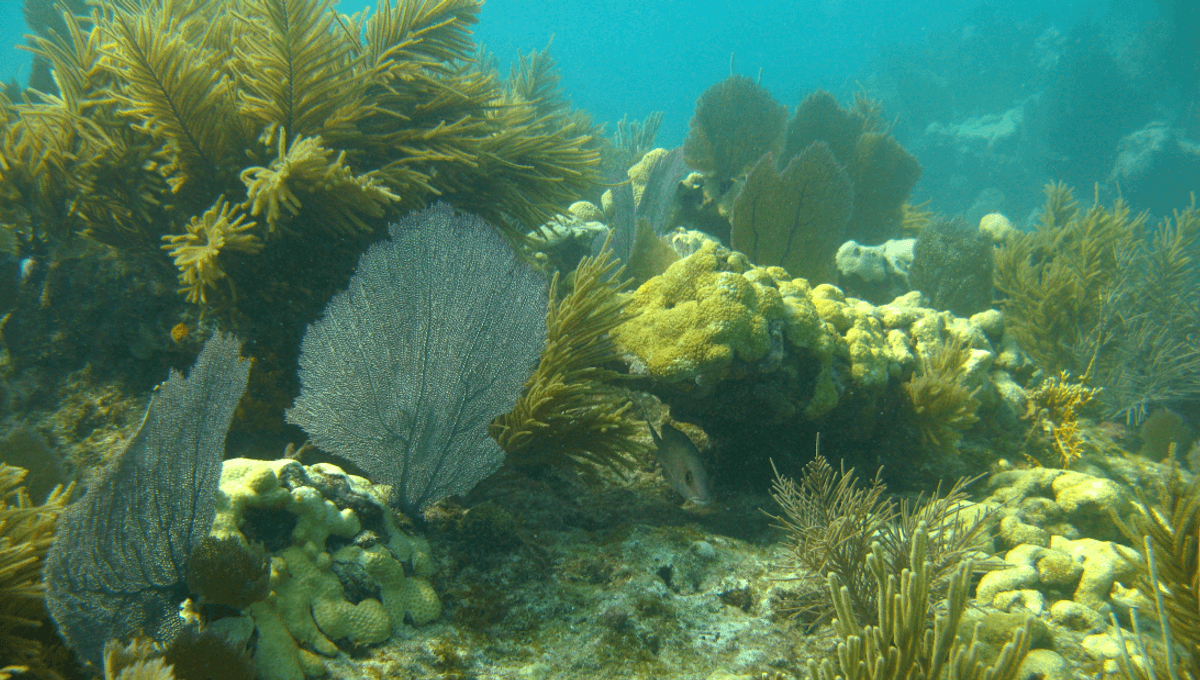
As South Florida’s seawater temperature reaches triple digits two days in a row, meteorologists are debating if the spike is an accurate reading. If it is, it represents a devastating new world record. At 38.3°C (101°F), it matches that of a hot bath and is above normal human body temperature.
It’s a harrowing statistic but one that comes with caveats, as scientists are looking into the validity of the reading that was delivered by a buoy at Manatee Bay. Records show it reached 37.9°C (100.2°F) on Sunday followed by 38.4°C (101.1°F) on Monday, reports AP News.
Questions remain over the validity of the reading because of the murky waters in which it was taken, but if accurate it would top the previous record of 37.6°C (99.7°F), which was reached in Kuwait Bay in the Persian Gulf three years ago.
While the readings await verification, it follows the news that 100 percent coral mortality was found at a restoration site off the coast of Florida.
“On July 20th, CRF teams visited Sombrero Reef, a restoration site we’ve been working at for over a decade. What we found was unimaginable – 100% coral mortality,” Coral Restoration Foundation program manager Phanor Montoya-Mayoa told CBS News. “We have also lost almost all the corals in the Looe Key Nursery in the Lower Keys.”
Bleaching is reportedly widespread in the Manatee Bay area where the record temperatures were detected, something that weakens the coral and can lead to death. Mass bleaching and coral mortality events are known to be linked to ocean temperature, but it represents just one of the many threats such high temperatures bring.
Warm ocean temperatures also provide energy for hurricanes to develop. This is because they’re more likely to form and intensify when a tropical low-pressure system encounters an environment with warm upper-ocean temperatures, moisture in the atmosphere, instability, and weak vertical wind shear.
The record-breaking reading is in-keeping with trends seen in Florida lately, where bleaching has become routine and is occurring earlier in the year than expected. That said, it’s possible the buoy’s reading was influenced by warm land temperatures, the shallow depth at which it was taken, and the volume of seagrass.
In the same month that the record for the world’s hottest day was broken twice in three days, suffice it to say this is a world record we could do without.
Source Link: Florida’s Seawater Reaches Bathtub Temperatures In Potential New World Record